15 Days 14 Nights
Daily Tour
Unlimited
English
About this tour
Nepal, synonymous with towering peaks and unparalleled natural beauty, boasts an adventure that beckons both seasoned mountaineers and novices—the Mera Peak Climbing. Rising to an impressive 6476 meters, Mera Peak stands tall as the highest trekking peak in Nepal, offering a non-technical climb that is an ideal initiation into the world of mountain summits.
Scaling New Heights: The Mera Peak Climbing
Mera Peak Climbing presents an incredible opportunity for novice climbers yearning to mark their first ascent in Nepal. Its non-technical climb, while challenging, is navigable for those with a spirit of adventure and a desire to experience the breathtaking Himalayan vistas. The thrill of reaching the summit and gazing upon the panoramic views is an unparalleled reward for the journey.
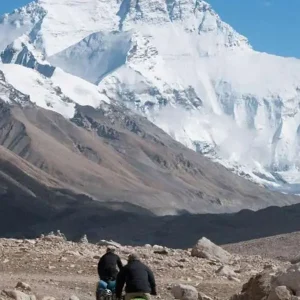
Nature’s Canvas Unveiled: Magnificent Scenery and Up-close Encounters
Embarking on this trek means immersing oneself in a landscape of unparalleled grandeur. The trail reveals a tapestry of natural wonders—pristine glacier lakes, the enchanting Hinku Valley, cascading waterfalls, grazing yak pastures, and the ethereal beauty of Rhododendron forests. And the pièce de résistance? The close-up vistas of Nepal’s towering peaks—Mt. Everest, Mt. Kanchenjunga, Mt. Lhotse, Mt. Makalu, and Mt. Cho Oyou—an awe-inspiring sight that etches itself into the memory forever.
Sagarmatha National Park: Nature’s Sanctuary
In route lies the revered Sagarmatha National Park, a UNESCO World Heritage Site teeming with an incredible diversity of flora and fauna. The region’s biodiversity, from rare species of plants to elusive wildlife, adds another layer of wonder to the trek. Traversing through this protected haven is an immersion in the raw beauty of nature at its finest.
Cultural Encounters: Sherpa Villages and Traditions
The Mera Peak Climbing isn’t just about scaling heights; it’s a cultural odyssey, too. Trekking through Sherpa villages, travelers are warmly welcomed into a world steeped in rich traditions and hospitality. Interacting with the local Sherpa people offers a glimpse into their unique way of life, ancient customs, and enduring connection with the mountains.
In conclusion, the Mera Peak Climbing is a symphony of natural splendor and cultural immersion. It’s not merely about reaching the summit; it’s about the experiences woven along the trail—the breathtaking landscapes, the enriching cultural exchanges, and the personal triumph of pushing one’s limits amidst the world’s highest peaks. Whether you’re a novice climber seeking your inaugural ascent or an experienced trekker looking for a new challenge, the Mera Peak Climbing promises an unforgettable adventure.
Pack your bags, lace up your boots, and embark on this unforgettable journey—let Mera Peak Climbing be your gateway to the Himalayan wonderland, where every step is a testament to the beauty and grandeur of Nepal’s mountains and people.
Happy trekking, adventurers!
The difficulty level of the Mera Peak Climbing can vary based on individual experience, physical fitness, and preparedness. Here’s a breakdown:
Trek Difficulty:
- Moderate to Challenging: While the climb is non-technical, the Mera Peak Climbing is considered reasonable to challenging due to its altitude and duration. It involves long days of trekking, ascending to high heights, and navigating varied terrain.
- Altitude: The Mera Peak Climbing involves gaining significant altitude, reaching over 6,000 meters. Altitude sickness can affect trekkers due to the rapid ascent, making acclimatization crucial.
- Length and Terrain: The Mera Peak Climbing spans 2-3 weeks, covering diverse landscapes like forests, rocky paths, glaciers, and steep ascents. Some sections might be physically demanding, requiring stamina and endurance.
- Technical Climbing Skills: Although it’s non-technical, the final ascent to Mera Peak requires basic climbing equipment (like crampons and ice axes) and some knowledge.
Factors Influencing Difficulty:
- Fitness Level: Good physical fitness and prior trekking experience can ease the difficulty. Engaging in pre-trek training can significantly improve your endurance.
- Acclimatization: A well-planned itinerary with gradual altitude gain and acclimatization days helps reduce the risk of altitude-related issues.
- Weather Conditions: Unpredictable weather in the Himalayas can affect trekking conditions, adding to the challenge.
While it’s less technically demanding than some other peaks in the region, the Mera Peak Climbing is still a significant undertaking that requires adequate preparation, physical fitness, and mental readiness. Novice climbers with a good fitness base and a willingness to learn can attempt this trek with proper guidance from experienced guides or trekking agencies. It’s essential to approach it with respect for the altitude and the challenges it presents, ensuring a safe and enjoyable experience amidst Nepal’s stunning landscapes.
Why Mera Peak Climbing?
Mera Peak holds a special allure for trekkers and climbers for several reasons:
Accessibility and Non-Technical Ascent:
- Ideal for Novice Climbers: As Nepal’s highest trekking peak, Mera Peak offers a non-technical climb, making it accessible to novice climbers. It is an excellent introduction to Himalayan peak climbing, allowing enthusiasts to experience high-altitude trekking and basic mountaineering skills.
- No Prior Climbing Experience Required: Mera Peak will enable climbers to ascend with basic mountaineering equipment and guidance, unlike other regional peaks that demand extensive technical climbing skills.
Stunning Panoramic Views:
- Magnificent Himalayan Vistas: The trek to Mera Peak offers breathtaking panoramic views of some of the world’s tallest peaks, including Mt. Everest, Mt. Kanchenjunga, Mt. Lhotse, Mt. Makalu, and Mt. Cho Oyou. The up-close sight of these majestic peaks is a highlight of the journey.
- Varied Landscapes: The trek traverses diverse landscapes, from lush forests to pristine glacier lakes, allowing trekkers to experience the rich natural beauty of Nepal’s terrain.
Cultural Experience:
- Sherpa Culture: The trek takes travelers through Sherpa villages, allowing them to immerse themselves in the local Sherpa culture, traditions, and warm hospitality. Interacting with locals adds depth to the trekking experience.
Adventure and Challenge:
- Achievement and Challenge: While it’s not as technically demanding as some other peaks, reaching the summit of Mera Peak is still challenging and rewarding. The journey pushes trekkers out of their comfort zones, fostering personal growth and a sense of achievement.
- Nature and Wilderness: Trekking through the Sagarmatha National Park and witnessing the diverse flora and fauna of the Everest region adds to the adventure, allowing trekkers to experience the pristine wilderness of the Himalayas.
Conclusion:
Mera Peak Climbing is an enticing option for adventurers seeking a blend of adventure, stunning vistas, cultural immersion, and the thrill of summiting a Himalayan peak. Its accessibility to novice climbers and its awe-inspiring landscapes make it a popular choice among trekkers looking to explore Nepal’s majestic mountains.
In conclusion, Mera Peak Climbing encapsulates the essence of adventure, offering an exhilarating journey that combines the thrill of summiting Nepal’s highest trekking peak with the beauty of the Himalayan landscapes. Its appeal lies in the accessibility of a non-technical climb, making it an attractive option for novice climbers and seasoned trekkers.
From the mesmerizing vistas of some of the world’s tallest peaks to the diverse landscapes that transition from lush forests to pristine glaciers, the trek to Mera Peak is a visual spectacle that leaves a lasting impression. It’s not merely a trek; it’s an immersion into the rich cultural tapestry of Sherpa villages, fostering connections with local traditions and warm hospitality.
The Mera Peak Climbing physically and mentally challenges individuals, providing an opportunity for personal growth and a sense of accomplishment upon reaching the summit. Furthermore, exploring Sagarmatha National Park reveals the untamed beauty of the Everest region, showcasing the biodiversity and natural wonders that define the Himalayan wilderness.
For adventurers seeking an unforgettable experience—one that combines stunning panoramas, cultural encounters, and the thrill of conquering heights—Mera Peak Climbing stands as an enticing choice, beckoning explorers to embark on a remarkable journey amidst the grandeur of Nepal’s majestic peaks and vibrant landscapes.
Please Follow Us For more Updates :
Website : Base Camp Trip
Highlights
- Mera Peak Summit 6476m - the Utmost Trekking Peak of Nepal
- Non Technical Climb, ideal for novice climbers wishing to climb their first mountain in Nepal
- Magnificent scenery and close up outlook of the tallest Peak Mt. Everest 8848m, Mt. Kanchenjunga 8586m, Mt. Lhotse 8516m, Mt. Makalu 8465m, and Mt. Cho Oyou 8188m
- Pass beautiful Pristine Glacier Lakes, Hinku Valley, Waterfalls, Yak Pastures, Rhododendron backwoods and Glacier Rivers..
- Sagarmatha National Park & Biodiversities of Flora & Fauna in Everest Regions
- Sherpa Villages, Culture, Traditions and Local Peopple Hospitality
Included/Excluded
- Airport Pick up and Drop by Private Car upon arrival and departure
- Hotel Accomodation (Shared Room for Minimum 2 Pax) in Kathmandu & in Tea Houses as per Itinerary
- All clean Standard Teahouses (Shared Room) in Lukla, Chutang, Thuli Kharka, Kothe, Thangnak, Khare as per Package booked
- 1 Nite Overnite Stay In Tent (in Mera Peak High Camp) including meals
- Overland transport from Kathmandu to Ramechap (both ways)
- Flight Ticket from Ramechap to Lukla (both ways)
- Specialized Experienced Professional Climbing Sherpa for Mera Peak
- Professional Experienced Licensed English Speaking Guide
- Porter (1 Porter for 2 People with maximum luggage 25 kgs)
- Climbing Equipments; Tent, Climbing Boots, Camprons, Helmet, Sunglass, Kitchen Tent & Tools, Fixed Rope, Ice Axe, Safety Climbing Harness
- Official Mera Peak Climbing Permit
- Emergency Evacuation Management / Service by Horse or Helicopter
- Sagarmatha National Park Trekking Permit & Government Tax
- Meals 3 x a day as per mentioned in Itinerary
- Food & Insurance for Guide & Porter
- Company Duffle Bag to lend for trekking
- Sleeping Bag and 1 Trekking Poll to lend for trekking
- Seasonal Fruits during trekking
- Nepal Visa Online Application Service
- Farewell Dinner & Official Trekking/Climbing Certificate
- Flight Ticket to Nepal & Travel Insurance
- Tourist Visa On Arrival Fee --> 15 Days = USD 30, 30 Days = USD 50
- Tips for Guide & Porter
- Other Personal Climbing Equipment ; Down Jackets & Trousers, Gloves which are not mentioned in facilities / inclusions
- Extra Accommodation which is caused by your early arrival or late departure other than the trek date, and if you are back to Kathmandu early from the trek due to any problem or rescue (other personal reasons).
- Extra Airport transfer cost if you have to return back from Kathmandu/Ramechap airport to hotel again and again go to Lukla airport because of weather problem (flight cancellation)
- Horse Rent / Helicopter Cost/Expenses for Emergency Evacuation or Personal Request
- Personal Expenses for trekking such as mountain gear or equipments, shopping, wifi/nepal simcard, phone/battery charge, hot water/shower, extra personal meals, drinks (mineral water), snacks, laundry etc
- Other Personal Expenses which are not included in the above facilities.
Itinerary
You arrive in Kathmandu today and our company staff will pick you up at Tribhuvan International Airport then drop you at Hotel. Our Staff will also give briefing you about the Mera Peak Climbing Trip and hand over duffle bag for your to pack your stuff for trekking. Payment on the balance trip cost also will be done today. If you come in the morning or early time today, we will have welcome dinner otherwise we will provide you with packed dinner in your room from the hotel you stay. Our Staff will also inform you what time you must wake up & prepared the following morning for driving to Ramechap. Overnight in Kathmandu
You will rest today in Kathmandu after long flight from your country of origin. You also have enough time to prepare your trekking stuffs by doing shopping additional equipment which you still do not bring or have where you can by easily in Thamel Area near the Hotel you stay. In the evening, we will invite you for Welcome Dinner and Briefing for your trekking and climbing purpose. Overnight in Kathmandu
Early Morning at around 02.00 o'clock, our Guide will come to hotel to pick you at hotel and together will drive to ramechap. Trip from Kathmandu to Ramechap takes 5 hours drive. At around 8 o'clock in Ramechap Airport Port check in will be managed by our guide and you will fly to Lukla for 20 minutes. The Trekking journey starts from Lukla today. You will pass through the beaten trails of the region as most trekkers go to Phakding. We will not go to the traffic, instead go to the beautiful n quite path. You will hike to the southeast and then enter the Makalu Barun Conservation Area. After crossing small streams and Buddist Monasteries, you will arrive at Chutang where you end the trek today after 4-5 hrs. Overnight in Chutang
Today the trek is quite challenging. You will pass through the Majestic Chetra La Pass to arrive Thuli Kharka. You will observe the Number Himal and Rhododendron Trails
During this trek you will come across the stunning views of mountain vistas in this region. There are many prayer flags along the trails with glimpses of Mera Peak. The trek will lead you to the tree line and descends downwards to the forested area for bamboo trees and moss covered areas. it takes around 5-6 hrs trek to reach Kothe. Overnight in Kothe
Today the trek is pretty straightforward. You will begin the trek with uphill terrains with increadible views of Kyashar Peak 6800m, Kusum Kanguru 6367m and Charpate Himal on the left. You can also see the Mera Peak and Peak 41 6648m. There are many water streams and the main Hinku Water crosses through wooden bridges. Along side the trails, you will meet the Buddhist Monastery around a cave. You will arrive at Thangnak after 4-5hrs walk. Overnight in Thangnak
Today You will lleave Thangnak early morning. The trek will provide us with the most oustanding Mera Glacier falling over the Mera La Pass. You will ascen steeply on a moraine field and debris areas alongside the Dig Glacier. You will then go to the Dig Kharka, observing the Charpate HImal, the north face of Mera Peak. You will climb a steep hill to arrive at the Khare Village which takes around 4-5 hrs to arrive there. Overnight in Khare
Today is your acclimatisation day. You will explore the hiking point just above Khare and you will do gentle hiking to adapt your body to the high altitude. You will also get great views of Mera La From these viewpoints. Our climbing guides will also train you in Ice Climbing and other techniques. After hiking you will return to Khare for rest. Overnight in Khare
Today You will start your trek to Mera Peak at slow pace with carefullness of High Altitude Sickness. The trail is also quite strenuous and challenging as we climb the steep moraine to reach the boulder area below Mera Glacier. There are many crevasses on the route to the Mera Base Camp. You will reach Mera High Camp after 6-7hrs Trek. Overnight in Mera High Camp
Today you will wake up very early in the morning to reach the top peak of Mera. The Climbing Guide will set up fixed ropes and crampons before sunrise. You neeed extra carefullness during the climb. Stunning view of Mt Everest 8848m, Mt. Lhotse 8516m, Makalu 8485m, Kanchenjunga 8586m, Cho Oyu 8188m, Mt. Gaurishanker 7134m, Mt. Baruntse 7129m, Mt Chamlang 7319m can be seen from the Mera Peak. You will descent from the top back down to High Camp and same day trek down to Khare which will take total trip around 8-9 hrs. Overnight in Khare
Today you will descent to Kothe to lower altitude. You will feel better due to the presence of a high level of oxygen. After 5-6hrs trek, you arrive at Kothe, you can rest at the teahouse. Overnight in Kothe
Today the trails climbs uphill before you pass through the forrested areas in Hinku Valley. The trails take you below the Zatwra La to arrive at the Thuli Kharka. You will pass through rhododendron forests before you arrive at the destination. You can also observe the Mera Peak and then travel back to the remote valleys in the South after 6-7hrs walk. Overnight in Thuli Kharka
Today you will trek down to Lukla Village with best views of hiking journey. You will get best pictures of the Cho yu, Kusum Khanru, Numbur Himal, Kongde Peak and others, reaching Lukla after 5-6hrs. Overnight in Lukla.
Flight from Lukla to Ramechap will take 20 minutes. Today after flying to Ramechap you will back to Kathmandu which will take 5 hrs drive. Once reaching Kathmandu you will take rest for a while then in the evening we will invite you for farewell dinner and we distritibute Your Certificate of Achievement of having been successful reaching the Mera Peak. Overnight in Kathmandu
Today is your last your day in Mera Peak Climbing Package with us. You have free time to rest till check out time comes at 12pm. Our Company Staff will pick you up at hotel and drop you at Tribhuvan International Airport. Trip ends. And Thank you for trust us as your trekking company. See you again in the coming trip
Durations
Languages
Frequently asked questions
Photography Tips for Trekking Adventures:
- Research and Plan Shots: Before the trek, research the region's highlights and plan potential photographic spots or subjects. Understanding the terrain and lighting conditions helps in framing better shots.
- Lighting Matters: Leverage the best lighting conditions, often during sunrise or sunset, to capture stunning landscapes. The golden hour provides soft, warm tones that enhance natural beauty.
- Pack Smart: Carry a versatile and lightweight camera gear kit, including a reliable DSLR or mirrorless camera, extra batteries, memory cards, and a compact tripod for stability.
- Composition Techniques: Experiment with composition techniques like the rule of thirds, leading lines, and framing to add depth and interest to your photographs.
- Capture Scale: Incorporate elements like fellow trekkers, tents, or wildlife to add scale and perspective to expansive landscapes, highlighting the grandeur of the surroundings.
- Focus on Details: While capturing vast landscapes, don't overlook the details. Zoom in on unique features, textures, or flora and fauna to add diversity to your portfolio.
- Experiment with Angles: Explore different angles—low angles, high perspectives, or unusual viewpoints—to create unique and captivating images.
- Tell a Story: Aim to capture a narrative through your photos. Document the journey, interactions with locals, camp life, and the emotions of fellow trekkers.
- Weather Challenges: Be prepared for varying weather conditions. Use protective gear for your camera and experiment with creative shots during fog, rain, or snow for unique images.
- Post-Processing: Invest time in post-processing to enhance and refine your images. Tools like Adobe Lightroom or Capture One offer powerful editing capabilities to bring out the best in your shots.
- Respect Nature: Be mindful of the environment. Avoid disrupting natural settings or wildlife for the sake of a photo and follow ethical photography practices.
- Practice and Patience: Photography is a skill that improves with practice. Experiment, learn from each shot, and be patient to capture that perfect moment.
With these tips, your trekking adventure becomes an opportunity not just to conquer peaks but to capture and share the beauty and essence of the journey through your lens. Happy trekking and capturing the magic of the outdoors!
The difficulty level of the Mera Peak trek can vary based on individual experience, physical fitness, and preparedness. Here's a breakdown: Trek Difficulty:
- Moderate to Challenging: While the climb itself is non-technical, the Mera Peak trek is considered moderate to challenging due to its altitude and duration. It involves long days of trekking, ascending to high altitudes, and navigating varied terrain.
- Altitude: The trek involves gaining significant altitude, reaching over 6,000 meters. Altitude sickness can affect trekkers due to the rapid ascent, making acclimatization crucial.
- Length and Terrain: The trek spans around 2-3 weeks, covering diverse landscapes like forests, rocky paths, glaciers, and steep ascents. Some sections might be physically demanding, requiring stamina and endurance.
- Technical Climbing Skills: Although it's non-technical, the final ascent to Mera Peak requires the use of basic climbing equipment (like crampons and ice axes) and some knowledge of using them.
Factors Influencing Difficulty:
- Fitness Level: Good physical fitness and prior trekking experience can ease the difficulty. Engaging in pre-trek training can significantly improve your endurance.
- Acclimatization: A well-planned itinerary with gradual altitude gain and acclimatization days helps reduce the risk of altitude-related issues.
- Weather Conditions: Unpredictable weather in the Himalayas can affect trekking conditions, adding to the challenge.
Conclusion: While it's not as technically demanding as some other peaks in the region, the Mera Peak trek is still a significant undertaking that requires adequate preparation, physical fitness, and mental readiness. Novice climbers with a good fitness base and a willingness to learn can attempt this trek with proper guidance from experienced guides or trekking agencies. It's essential to approach it with respect for the altitude and the challenges it presents, ensuring a safe and enjoyable experience amidst Nepal's stunning landscapes.
Mera Peak holds a special allure for trekkers and climbers for several reasons: Accessibility and Non-Technical Ascent:
- Ideal for Novice Climbers: As Nepal's highest trekking peak, Mera Peak offers a non-technical climb, making it accessible to novice climbers. It serves as an excellent introduction to Himalayan peak climbing, allowing enthusiasts to experience high-altitude trekking and basic mountaineering skills.
- No Prior Climbing Experience Required: Unlike some other peaks in the region that demand extensive technical climbing skills, Mera Peak allows climbers to ascend with basic mountaineering equipment and guidance.
Stunning Panoramic Views:
- Magnificent Himalayan Vistas: The trek to Mera Peak offers breathtaking panoramic views of some of the world's tallest peaks, including Mt. Everest, Mt. Kanchenjunga, Mt. Lhotse, Mt. Makalu, and Mt. Cho Oyou. The up-close sight of these majestic peaks is a highlight of the journey.
- Varied Landscapes: The trek traverses diverse landscapes, from lush forests to pristine glacier lakes, allowing trekkers to experience the rich natural beauty of Nepal's terrain.
Cultural Experience:
- Sherpa Culture: The trek takes travelers through Sherpa villages, providing an opportunity to immerse themselves in the local Sherpa culture, traditions, and warm hospitality. Interacting with locals adds depth to the trekking experience.
Adventure and Challenge:
- Achievement and Challenge: While it's not as technically demanding as some other peaks, reaching the summit of Mera Peak is still a challenging and rewarding accomplishment. The journey pushes trekkers out of their comfort zones, fostering personal growth and a sense of achievement.
- Nature and Wilderness: Trekking through the Sagarmatha National Park and witnessing the diverse flora and fauna of the Everest region adds to the adventure, allowing trekkers to experience the pristine wilderness of the Himalayas.
Conclusion: Mera Peak stands as an enticing option for adventurers seeking a blend of adventure, stunning vistas, cultural immersion, and the thrill of summiting a Himalayan peak. Its accessibility to novice climbers and the awe-inspiring landscapes it offers make it a popular choice among trekkers looking to explore Nepal's majestic mountains.
Comparing the difficulty of Mera Peak and Island Peak can be subjective as it depends on various factors, including personal experience, fitness level, and climbing conditions. However, here's a general comparison: Mera Peak:
- Altitude and Length: Mera Peak is higher in altitude, reaching approximately 6,476 meters (21,247 feet). The trek to Mera Peak usually takes around 2-3 weeks, involving longer duration and more gradual acclimatization.
- Technical Difficulty: While Mera Peak is a non-technical climb, it does require the use of basic mountaineering gear and skills, such as using crampons and ice axes. It's considered less technically demanding compared to other peaks.
- Terrain and Route: The terrain on the way to Mera Peak varies, including forests, rocky paths, glaciers, and a final snow climb to the summit. The ascent is more gradual, and the route is often less crowded.
Island Peak (Imja Tse):
- Altitude and Duration: Island Peak stands at around 6,189 meters (20,305 feet) and typically takes about 1-2 weeks for the trek. The climb usually starts with a trek to Everest Base Camp, adding to the overall duration.
- Technical Difficulty: Island Peak involves a more technical climb compared to Mera Peak. It requires basic mountaineering skills, including fixed rope climbing, using ice axes, and navigating crevasses.
- Terrain and Route: The route to Island Peak includes steep sections, icy slopes, and a glacier crossing. The climb itself can be more challenging due to steeper ascents and potentially more technical maneuvers.
Conclusion: Both peaks offer remarkable trekking and climbing experiences in the Everest region, each with its own set of challenges and rewards. In general, while Mera Peak has a higher altitude, it's considered less technical compared to Island Peak, which involves more technical aspects during the climb. For those with some climbing experience and seeking a slightly more technical challenge, Island Peak might present a greater challenge. However, Mera Peak's higher altitude might pose a different kind of challenge due to acclimatization requirements and the length of the trek. Ultimately, the choice between Mera Peak and Island Peak depends on your comfort level with technical climbing, altitude tolerance, and the type of experience you seek amidst the Himalayas' breathtaking landscapes. Consulting with experienced guides or mountaineering experts can provide more personalized insights based on individual preferences and abilities.
Yes, a beginner with a good fitness level, determination, and adequate preparation can attempt to climb Mera Peak. While Mera Peak is one of Nepal's highest trekking peaks, it's often considered an ideal starting point for novice climbers wishing to experience high-altitude trekking and their first Himalayan summit. Factors to Consider for Beginners:
- Non-technical Climb: Mera Peak's ascent doesn't involve highly technical climbing skills. However, it does require basic mountaineering techniques, such as using crampons, ice axes, and ropes. Beginners can learn these skills with guidance and practice during the trek.
- Physical Fitness: Good physical fitness and endurance are essential. Pre-trek training that includes cardiovascular exercises, strength training, and hiking practice can greatly help prepare for the demands of the trek.
- Altitude Acclimatization: The trek to Mera Peak involves gaining significant altitude. Adequate acclimatization, which includes a well-paced itinerary with gradual ascent and rest days for acclimatization, is crucial to mitigate the risk of altitude-related issues.
- Guidance and Support: Novice climbers should consider trekking with experienced guides or through reputable trekking agencies. They provide guidance, support, and ensure safety throughout the trek.
- Preparation and Planning: Being well-prepared with proper gear, clothing, and knowledge about the trek's challenges and requirements is vital. This includes understanding the terrain, weather conditions, and necessary permits.
- Mindset and Adaptability: A positive mindset, adaptability to changing conditions, and a willingness to learn and embrace the experience are crucial for beginners attempting Mera Peak.
Conclusion: While Mera Peak is challenging, it's achievable for beginners who are committed to preparation, physical training, and learning the necessary skills under the guidance of experienced professionals. The trek provides an opportunity for beginners to step into the world of Himalayan mountaineering and gain valuable experience in a stunning and rewarding setting. However, ensuring adequate preparation, safety measures, and guidance is key to a successful and enjoyable ascent for beginners.
Comparing the difficulty of Mera Peak and Kilimanjaro involves considering different aspects, such as altitude, technicality, duration, and terrain: Mera Peak:
- Altitude: Mera Peak, standing at approximately 6,476 meters (21,247 feet), reaches high altitude. Acclimatization is crucial due to the risk of altitude-related issues.
- Technical Difficulty: While Mera Peak is a non-technical climb, it involves basic mountaineering skills, such as using crampons and ice axes. The climb is more about endurance and gradual ascent.
- Duration and Terrain: The trek to Mera Peak typically spans around 2-3 weeks, covering diverse landscapes including forests, rocky paths, glaciers, and a final snow climb to the summit.
Kilimanjaro:
- Altitude: Kilimanjaro, Africa's highest peak, reaches approximately 5,895 meters (19,341 feet). It's lower in altitude compared to Mera Peak.
- Technical Difficulty: Kilimanjaro is a trek rather than a technical climb. It doesn't require any technical climbing skills or equipment. However, the altitude and steepness of some sections can pose challenges.
- Duration and Terrain: The trek up Kilimanjaro usually takes around 5-9 days, depending on the chosen route. It involves varied terrain, including rocky paths, moorlands, alpine deserts, and the challenging ascent to the summit.
Comparison:
- Altitude: Mera Peak has a higher altitude compared to Kilimanjaro.
- Technicality: Mera Peak requires basic mountaineering skills, while Kilimanjaro is a trek that doesn’t demand technical climbing abilities.
- Duration: The trek to Mera Peak usually takes longer than Kilimanjaro, though both vary based on chosen routes.
- Terrain: Both have diverse landscapes, but Mera Peak involves more varied terrain and gradual ascent.
Conclusion: In terms of altitude and technicality, Mera Peak is more challenging than Kilimanjaro. However, the duration of the trek, the specific challenges of high altitude, and the need for some basic mountaineering skills make Mera Peak a more demanding climb compared to Kilimanjaro, which is a high-altitude trek without technical climbing requirements. Both climbs require preparation, fitness, and acclimatization, but Mera Peak's higher altitude and basic mountaineering aspects typically make it a more physically and technically demanding endeavor compared to trekking Kilimanjaro.
Climbing Mera Peak without a guide is possible, but it's not generally recommended, especially for individuals without prior experience in high-altitude trekking and mountaineering. Here are important considerations: Challenges of Climbing Mera Peak Without a Guide:
- Navigational Challenges: The route to Mera Peak involves diverse terrain, and navigating through forests, glaciers, and high-altitude landscapes can be challenging without local knowledge or experience.
- Safety and Acclimatization: Guides are experienced in assessing and managing risks associated with altitude sickness and adverse weather conditions. They ensure a proper acclimatization schedule, reducing the risk of altitude-related illnesses.
- Technical Skills: While Mera Peak is non-technical, it still requires basic mountaineering skills. A guide can provide instruction and guidance in using equipment like crampons, ice axes, and ropes.
- Logistical Support: Guides assist in logistics, including arranging permits, accommodations, meals, and transportation, ensuring a smoother and more organized trek.
- Emergency Situations: In case of emergencies, having a guide who knows the area, local resources, and evacuation procedures is crucial for safety.
Considerations for Experienced Climbers:
- If you're an experienced mountaineer with prior high-altitude trekking and climbing experience, navigating in remote areas, and confident in your abilities to manage emergencies and the technical aspects of the climb, you might consider climbing Mera Peak without a guide.
Safety Precautions:
- Ensure you have a comprehensive understanding of the trek, route, weather conditions, and necessary permits.
- Equip yourself with proper gear, emergency supplies, and communication devices.
- Inform someone about your itinerary and expected return date.
Recommendation: For most climbers, especially beginners or those without extensive high-altitude trekking experience, it's safer and more advisable to climb Mera Peak with an experienced guide or through a reputable trekking agency. Guides enhance safety, provide valuable local knowledge, ensure proper acclimatization, and contribute to a more organized and enjoyable trekking experience.
Nepal boasts a plethora of trekking routes that cater to various skill levels, interests, and durations. The exact number of trekking routes can vary and might not have a precise count due to the emergence of new trails and the diversity of existing ones. However, Nepal is renowned for numerous famous and lesser-known trekking routes. Some of the prominent ones include: Major Trekking Routes in Nepal:
- Everest Base Camp Trek: One of the most famous and sought-after treks in the world, leading to the base camp of Mount Everest.
- Annapurna Circuit Trek: Encircling the Annapurna Massif, this trek offers diverse landscapes, including lush valleys, high passes, and stunning mountain vistas.
- Langtang Valley Trek: A beautiful trek closer to Kathmandu, known for its serene valleys, traditional Tamang villages, and views of Langtang Lirung.
- Manaslu Circuit Trek: Circumnavigating Mount Manaslu, this trek offers a blend of cultural experiences and pristine landscapes.
- Makalu Base Camp Trek: Leading to the base camp of Mount Makalu, this challenging trek provides stunning views and remote wilderness.
- Kanchenjunga Base Camp Trek: A remote and less-trodden route leading to the base camp of the third highest peak in the world, Mount Kanchenjunga.
- Upper Mustang Trek: Trekking into the forbidden kingdom of Mustang, renowned for its unique landscape, ancient Tibetan culture, and caves.
- Gokyo Lakes Trek: Showcasing the Gokyo Lakes and offering panoramic views of Everest, this trek is an alternative to the Everest Base Camp route.
Conclusion: These are just a few among the many trekking routes Nepal has to offer. The country's diverse topography, rich cultural heritage, and breathtaking mountain scenery attract trekkers from around the globe, each trek providing a unique experience amidst the awe-inspiring Himalayas. The variety and beauty of Nepal's trekking routes make it a paradise for adventurers seeking both challenge and natural splendor. Top of Form

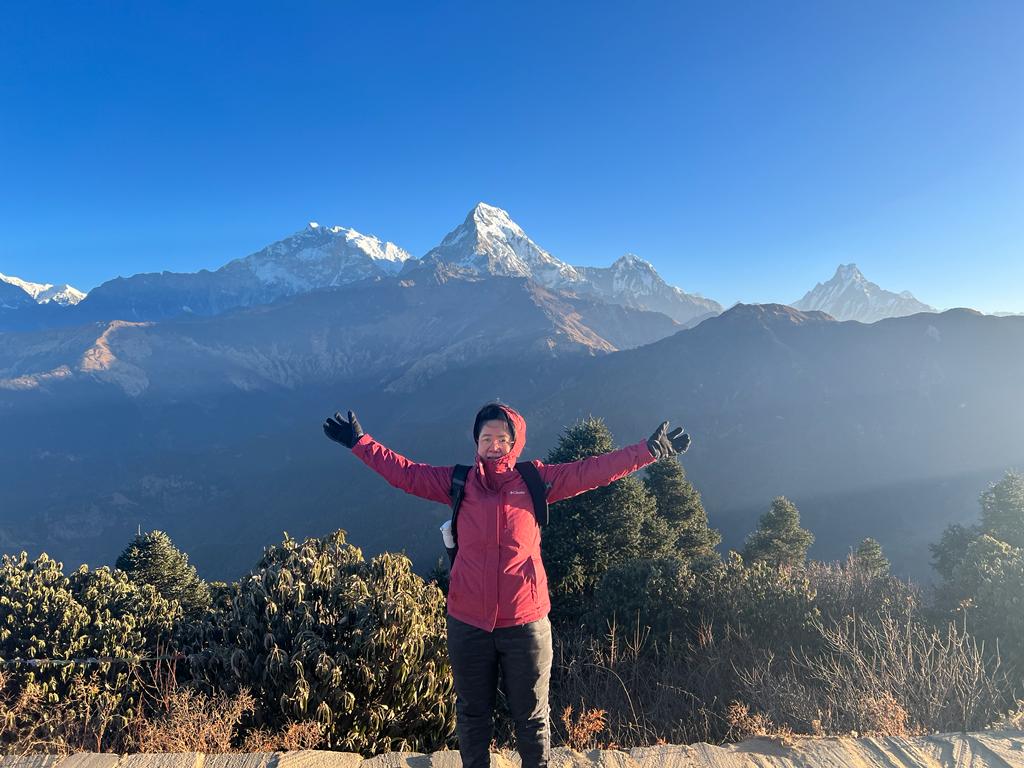
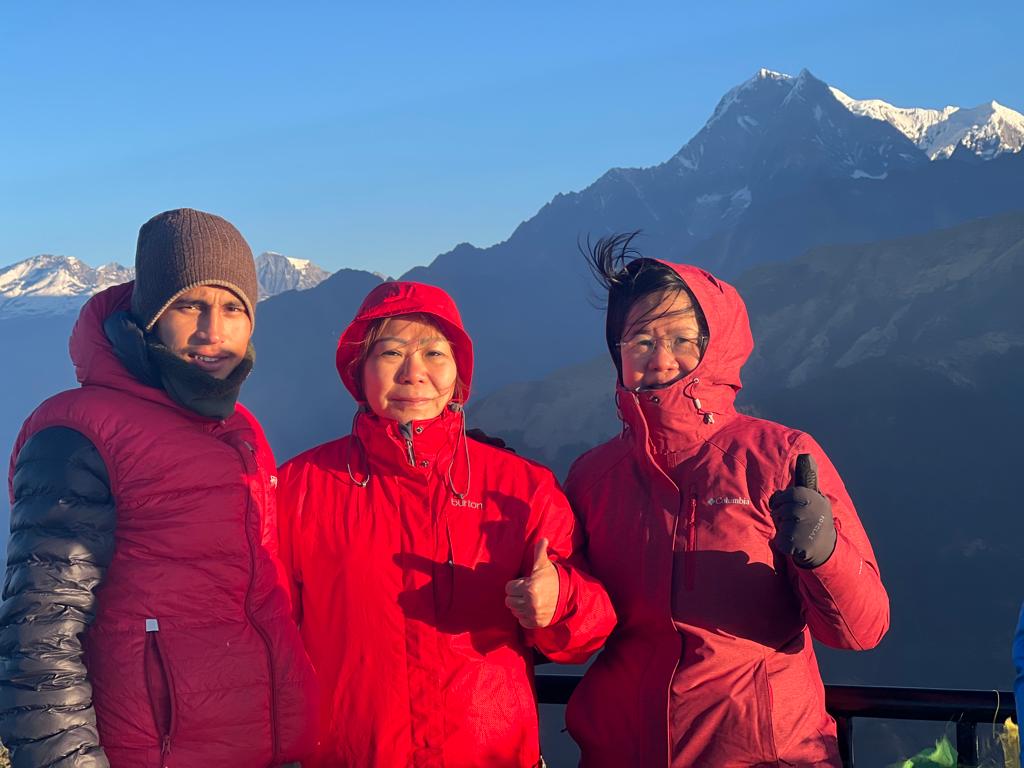

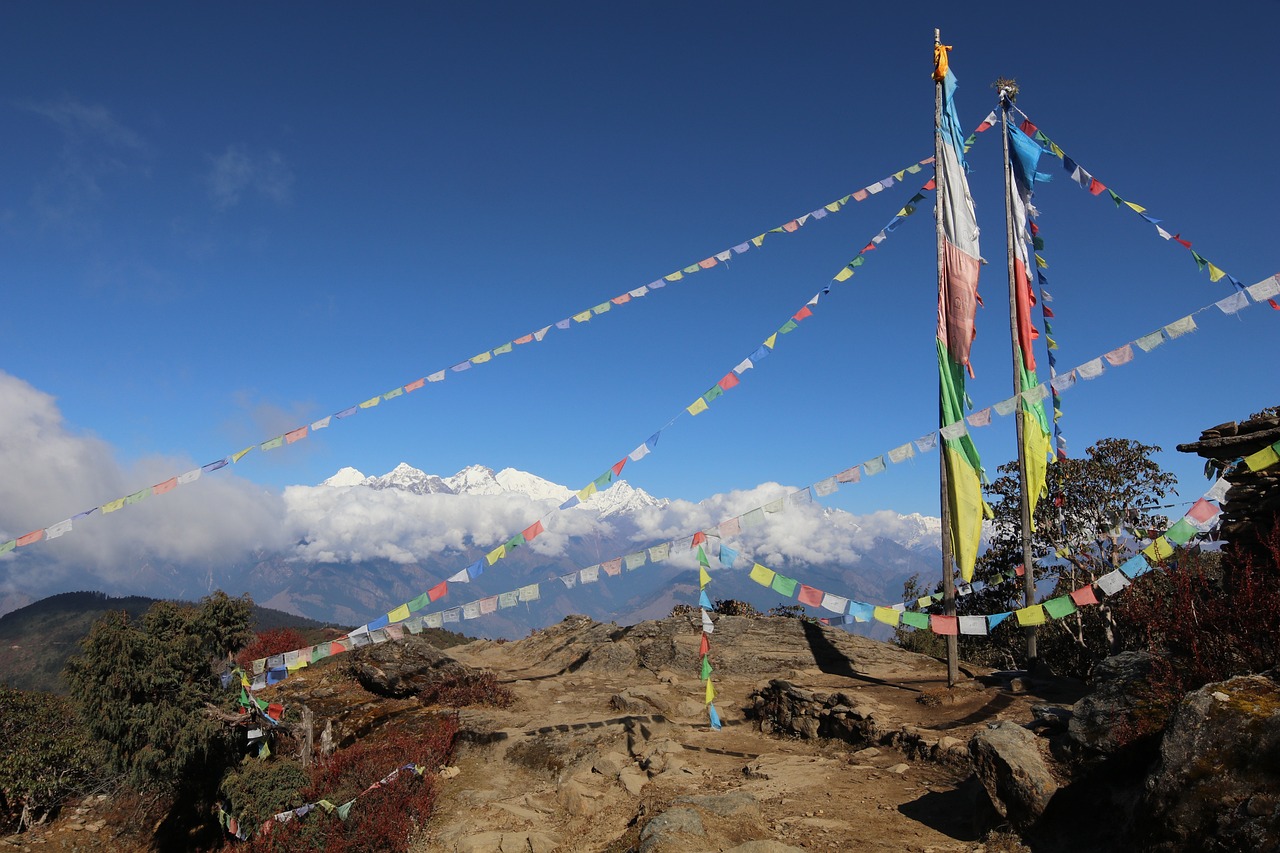
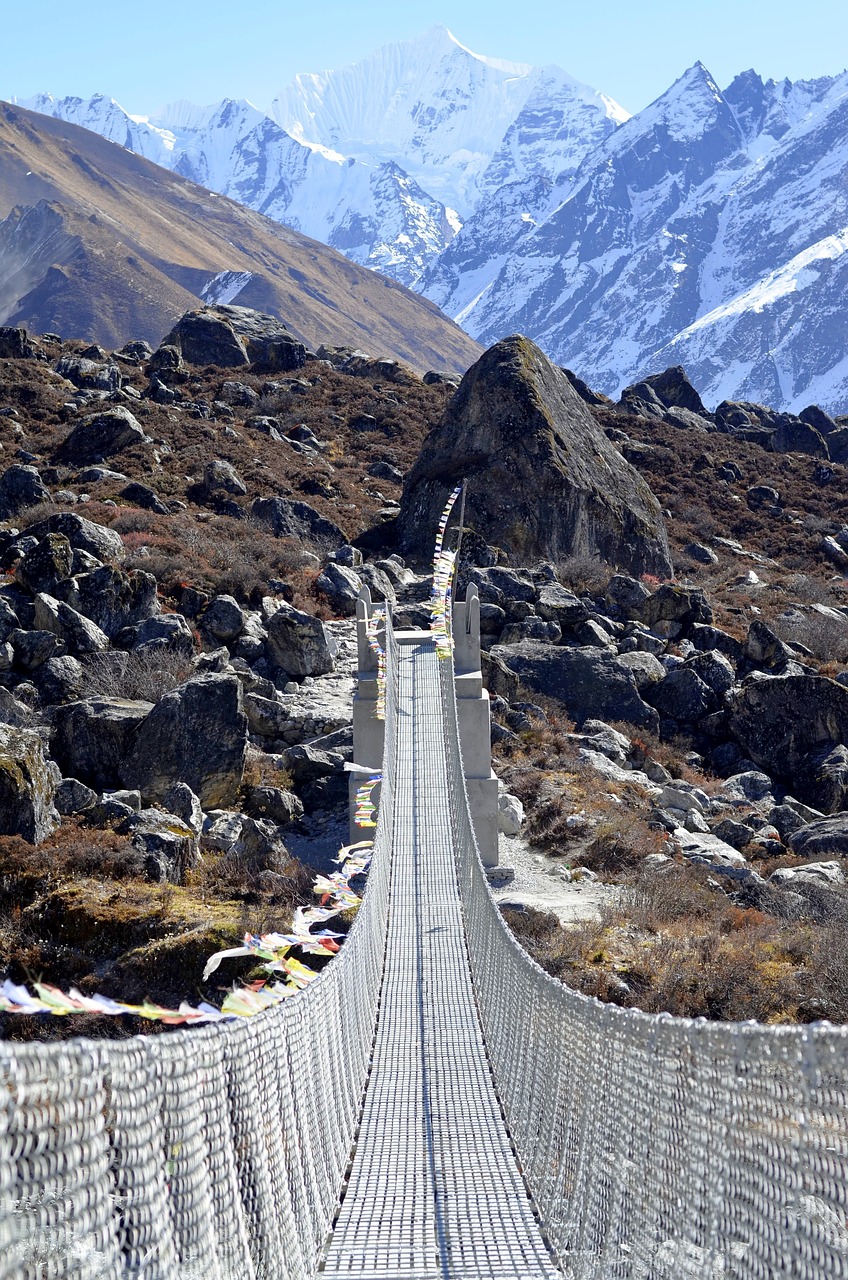


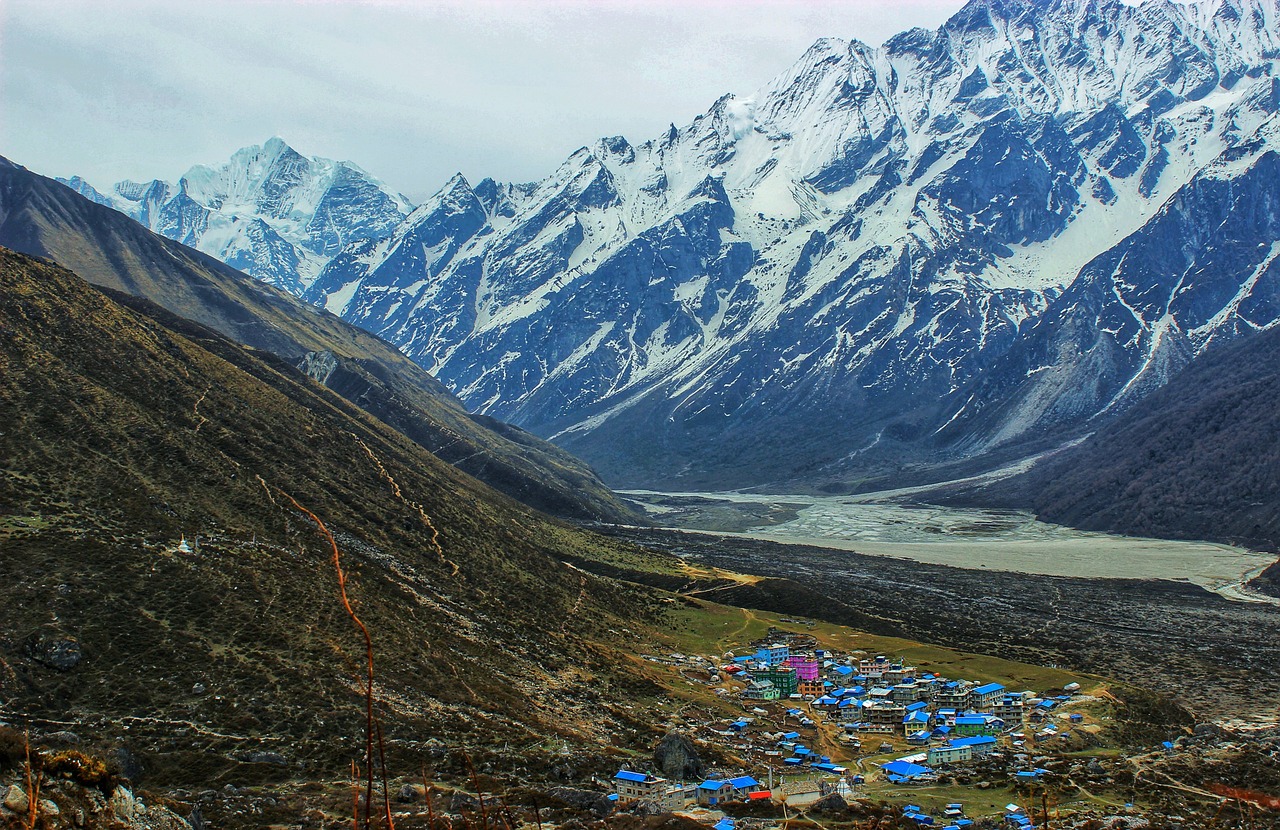
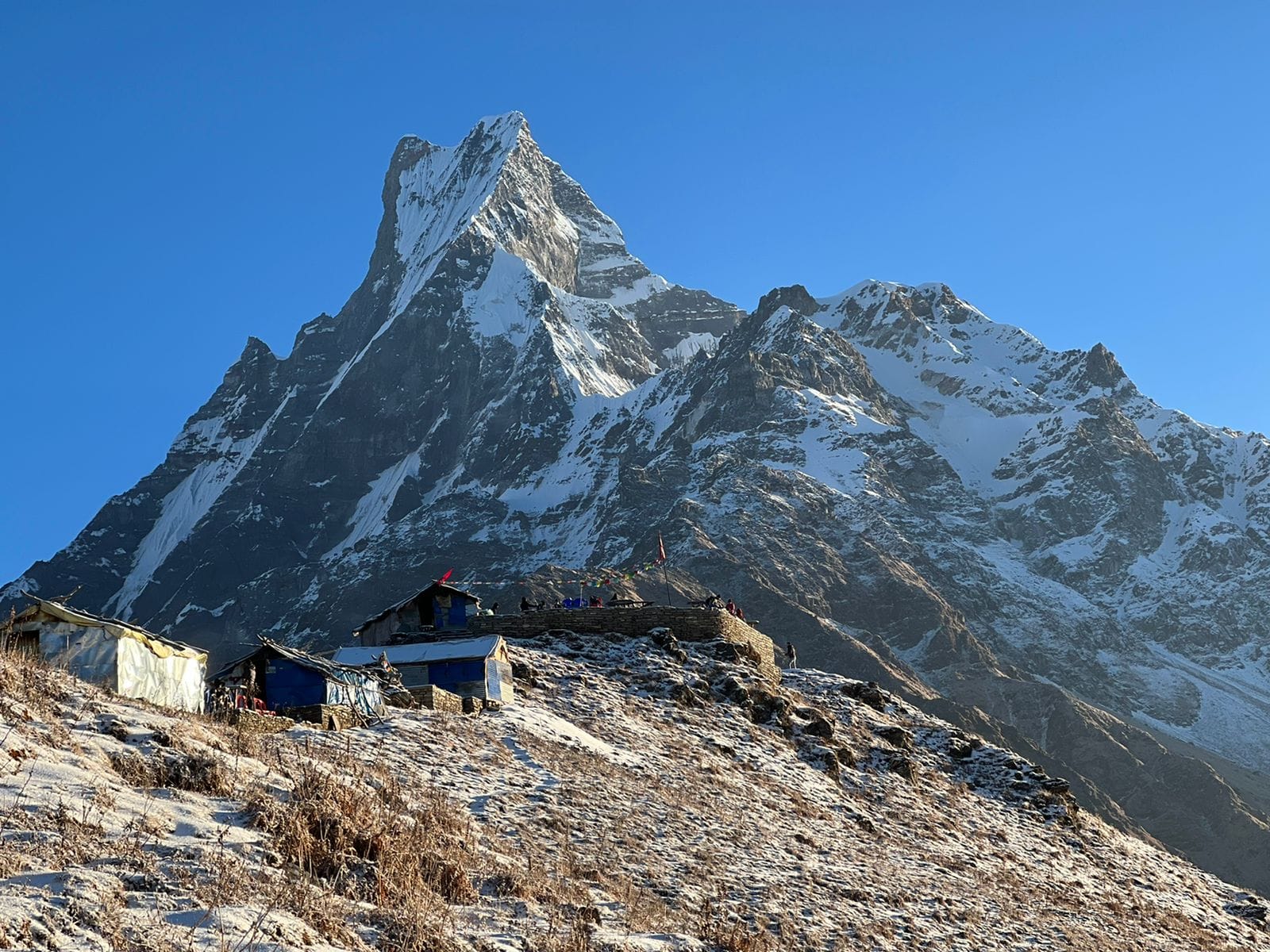

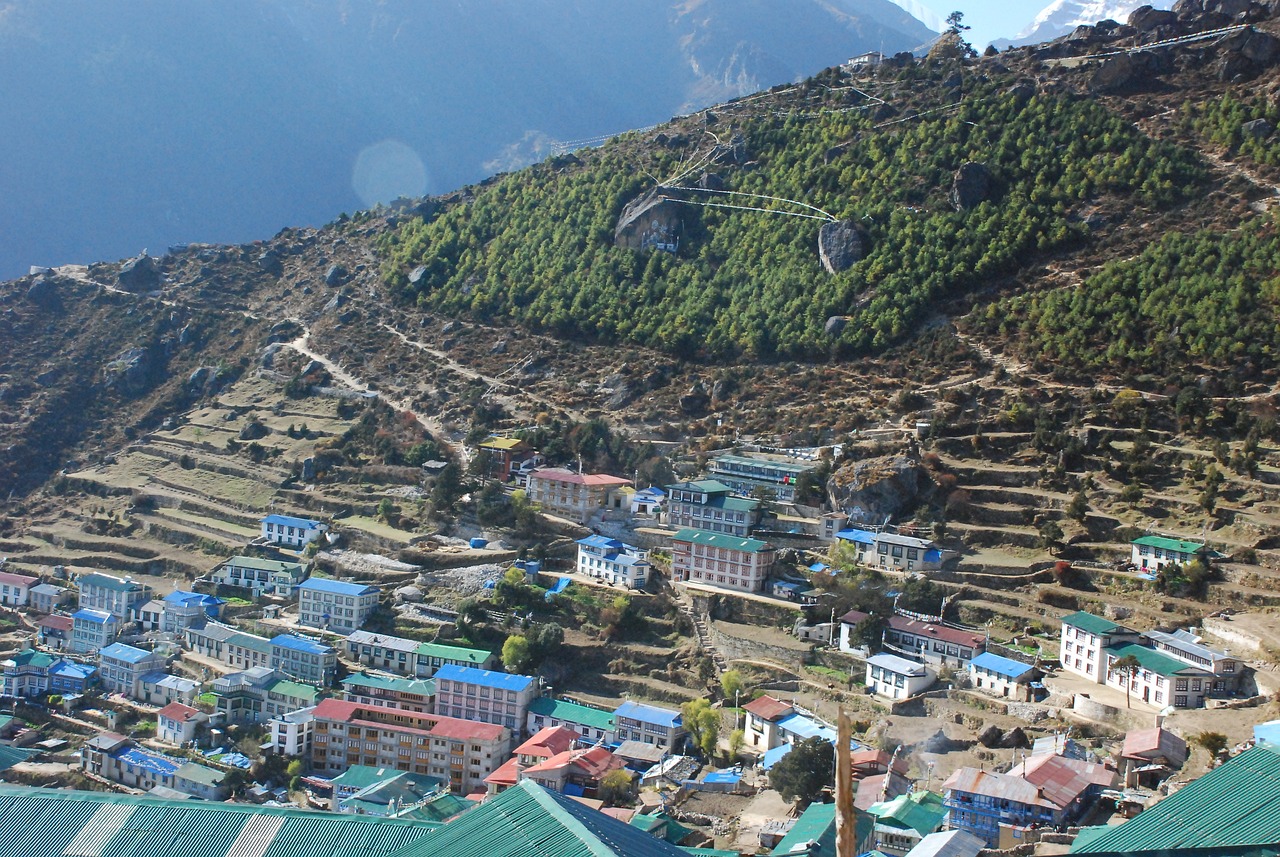
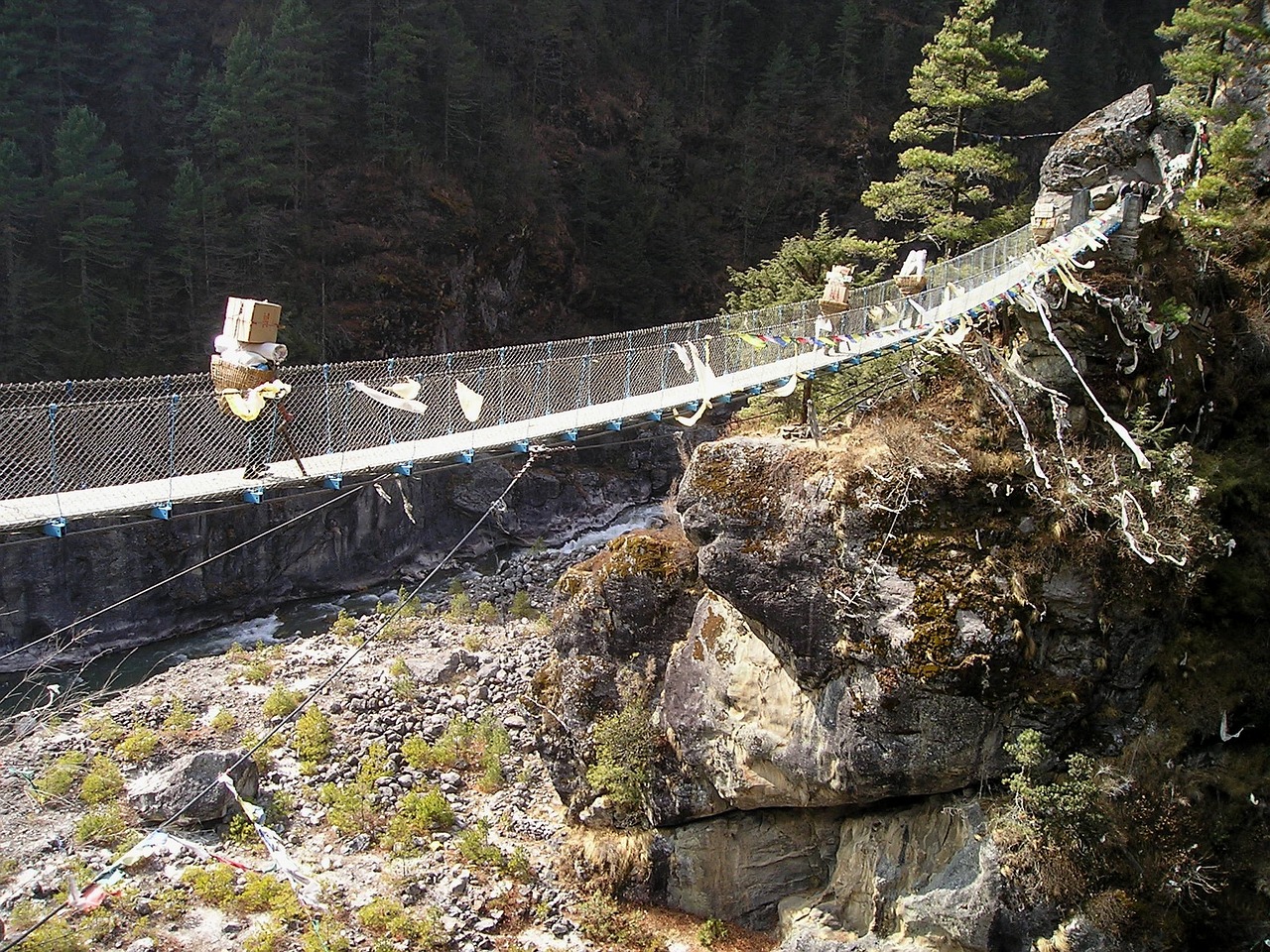
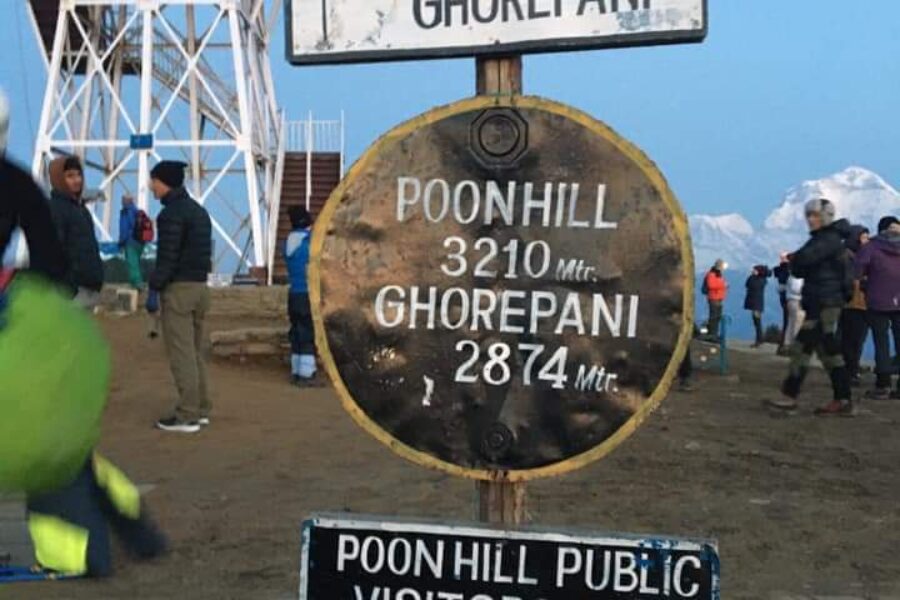
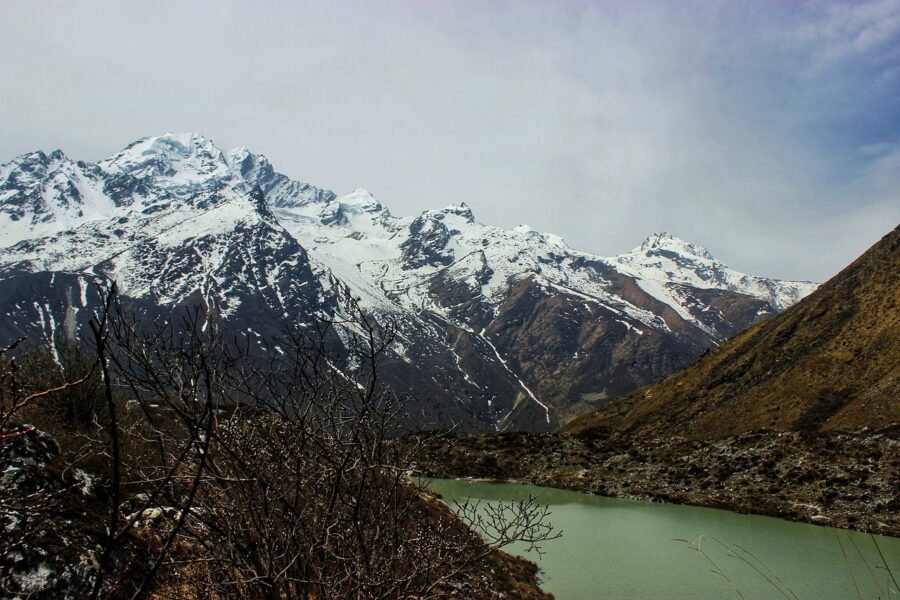

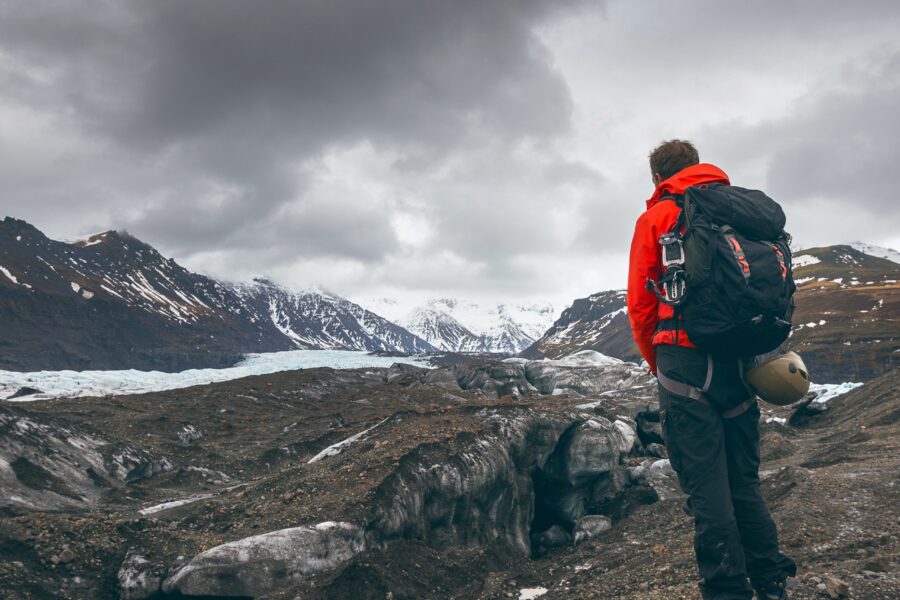
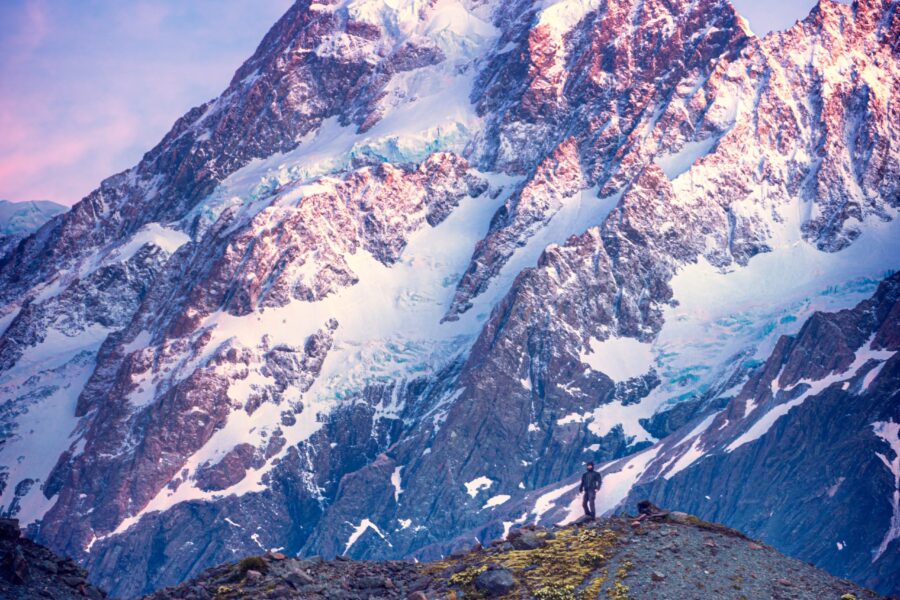
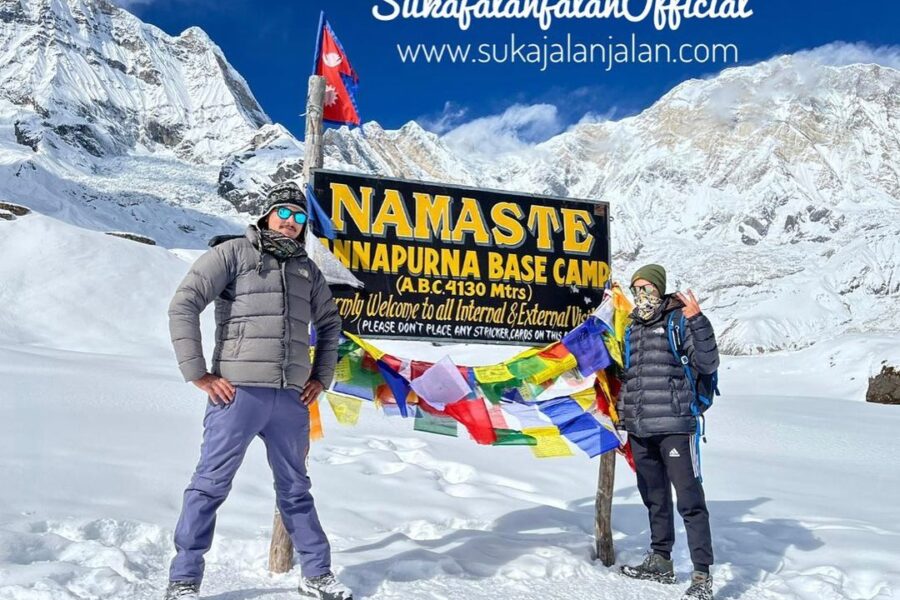
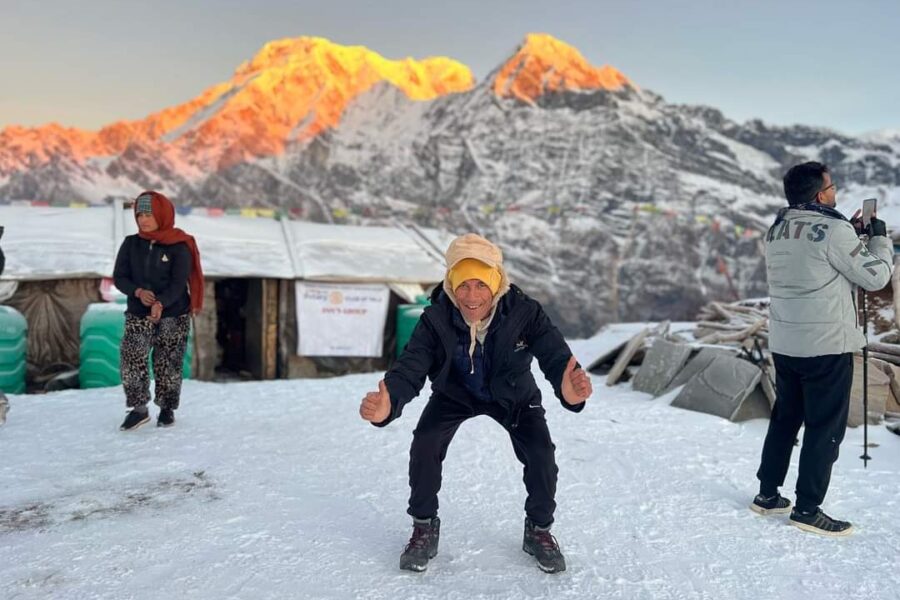
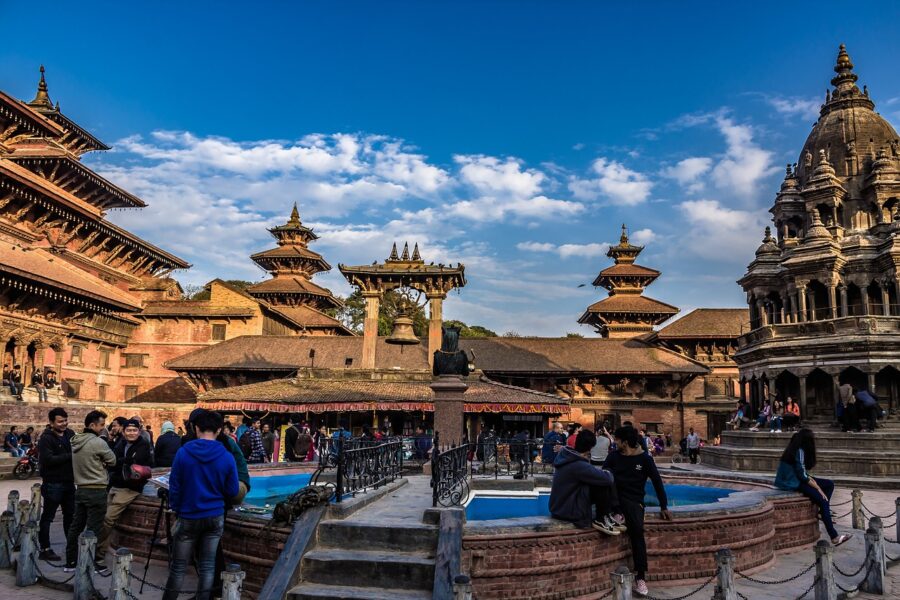
Leave a review